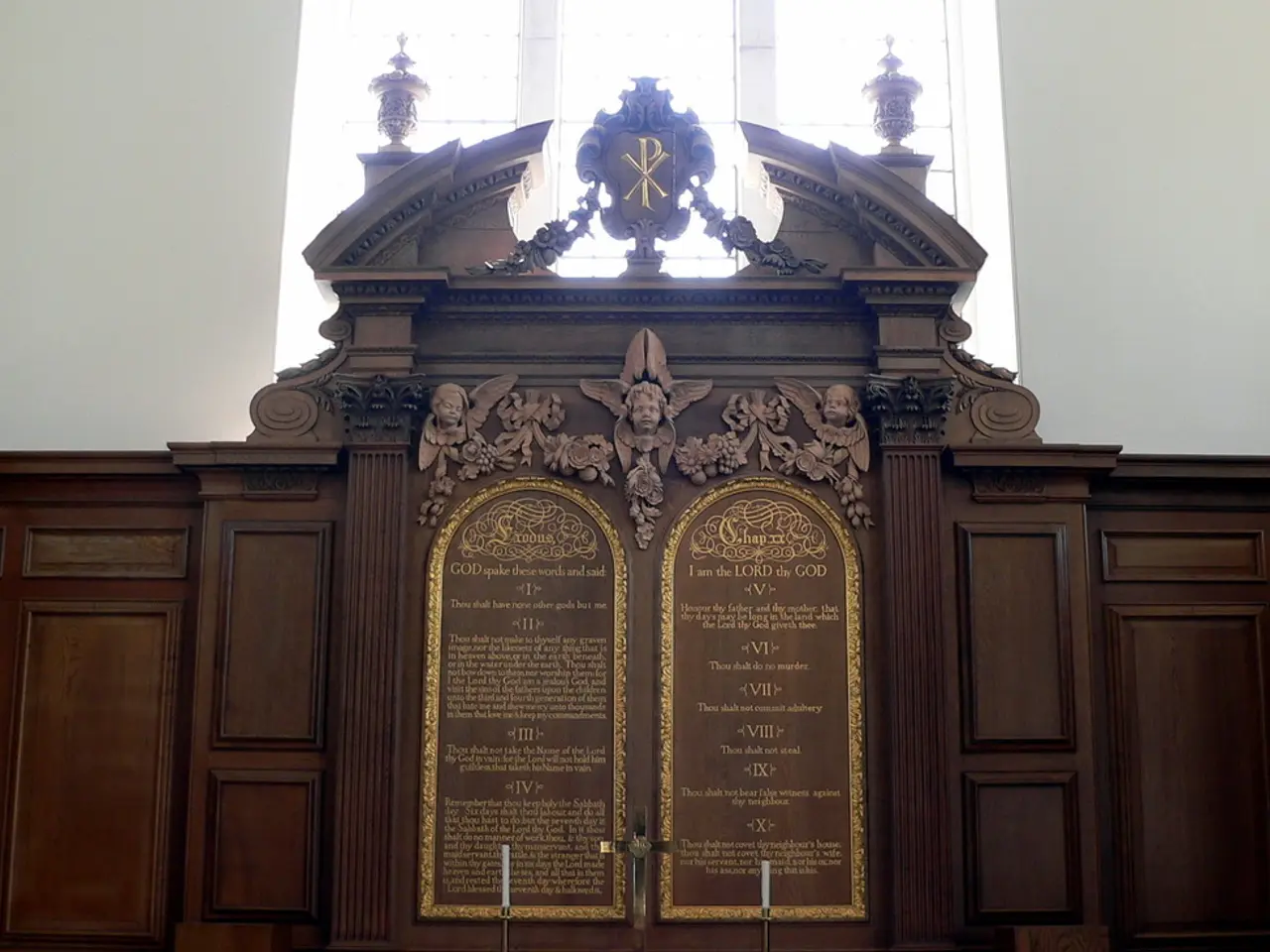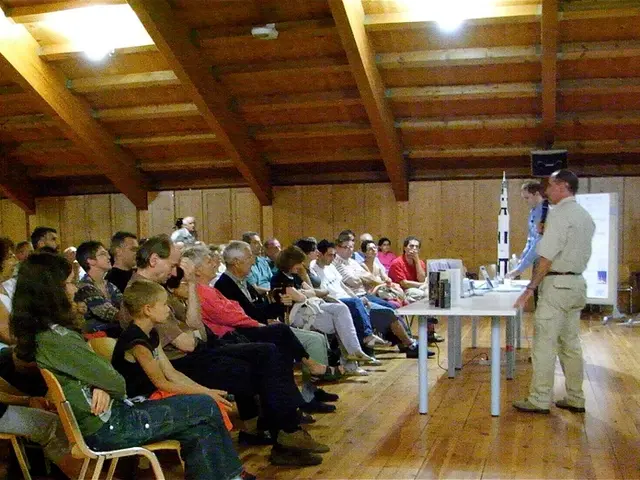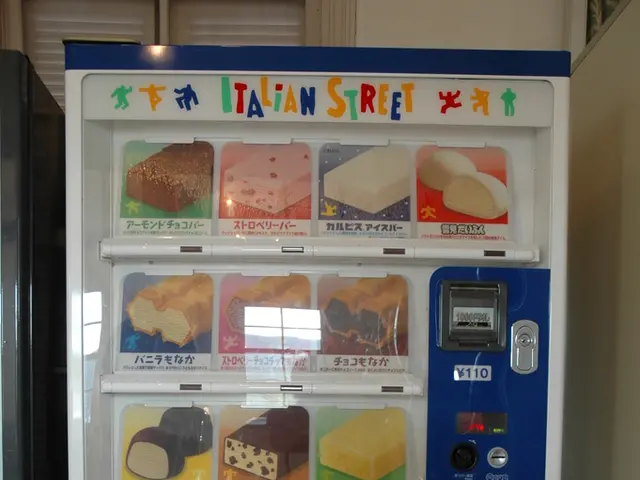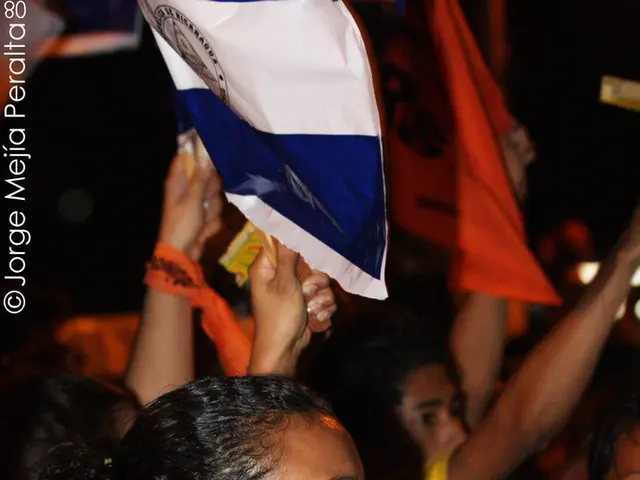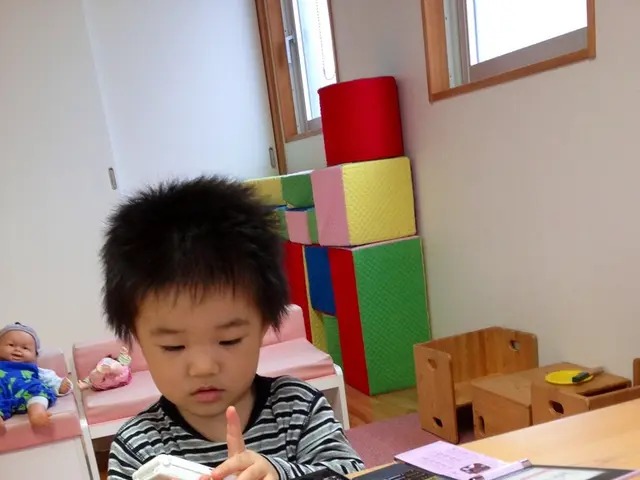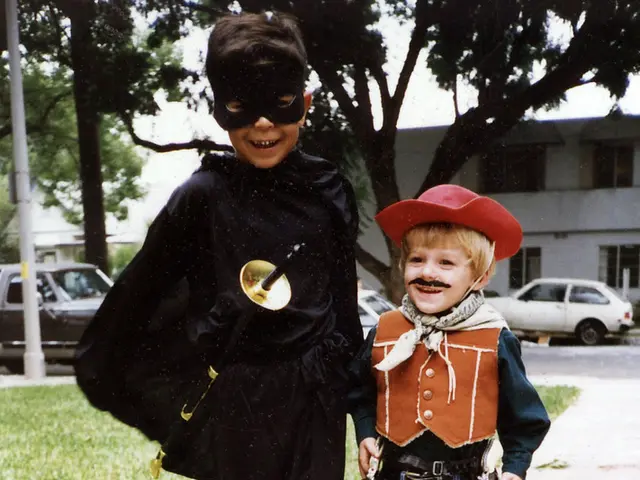Remarkable Masterpieces Exhibited at Kunsthistorisches Museum, Vienna
In the hallowed halls of Vienna's Kunsthistorisches Museum, a treasure trove of art history awaits. Among the many works that grace its walls, we find masterpieces from some of the most renowned artists of all time.
One such artist is Pieter Bruegel the Elder, a Belgian painter known primarily for his comic peasant scenes, which often served as vehicles for lighthearted moral allegories. Bruegel's Hunters in the Snow is a prime example of this, a composite scene that beautifully captures the harsh beauty of winter in the Low Countries. The painting, part of a series commissioned by Niclaes Jonghelinck, seems to have the ideal structure for the initial item in a frieze of pictures.
Interestingly, Bruegel could not resist a little moralizing in Hunters in the Snow. Some critics have interpreted this picture as a sermon against gluttony, a theme that is subtly woven into the scene.
Another intriguing work is Bruegel's The Peasant Wedding. In this painting, Bruegel's depiction of boisterous carousing is utterly convincing, but there is a minor mystery: where is the groom? The bride in The Peasant Wedding is easily identified, but the location of her husband is less certain. The venue in the painting is furnished like a parody of a great man's hall, with a blanket serving as a makeshift tapestry and an old door as a banqueting tray. Bruegel's reference to a recent famine in the Netherlands would have seemed particularly pointed in his day. Some critics have suggested that the child in the enormous hat, shown sucking its finger, is an emblem of hunger.
Meanwhile, across the continent, Gaspar van Wittel was making a name for himself in Rome. Born in Amersfoort, Holland, and trained in the workshop of Matthias Withoos, van Wittel is credited with developing the category of painting known as "Vedute". Over a 30-year period, his technique influenced many other Italian artists, including Pannini in Rome and Canaletto in Venice.
Van Wittel's vedute include views of Venice, Florence, Bologna, Naples, and other places in Italy. He portrayed the city as it was at the time rather than focusing on the remains of antiquity. About half of van Wittel's Roman vedute are views of the Tiber, painted from 15 different locations. Van Wittel usually chose a high vantage point from which to work to give a sweeping panorama and to include as many of the architectural features as he could.
The artists whose works are displayed in the Kunsthistorisches Museum include not only Bruegel and van Wittel, but also titans of the art world such as Titian, Peter Paul Rubens, Pieter Bruegel the Elder, Raphael, Caravaggio, Albrecht Dürer, Vermeer, Rembrandt, Sofonisba Anguissola, and Michaelina Wautier. Each of these artists has left an indelible mark on the history of art, and their works continue to captivate and inspire audiences today.
In conclusion, a visit to the Kunsthistorisches Museum in Vienna offers a journey through time and space, a chance to encounter the works of some of the greatest artists in history. From the comic peasant scenes of Pieter Bruegel the Elder to the sweeping vistas of Gaspar van Wittel's vedute, there is something for everyone in this remarkable collection.
